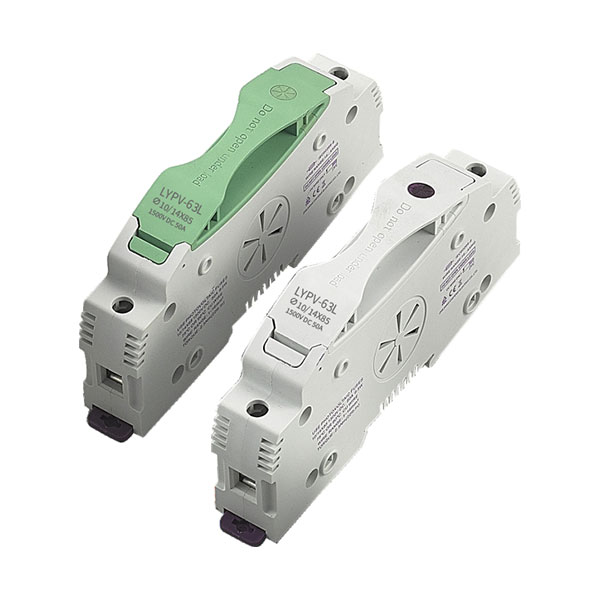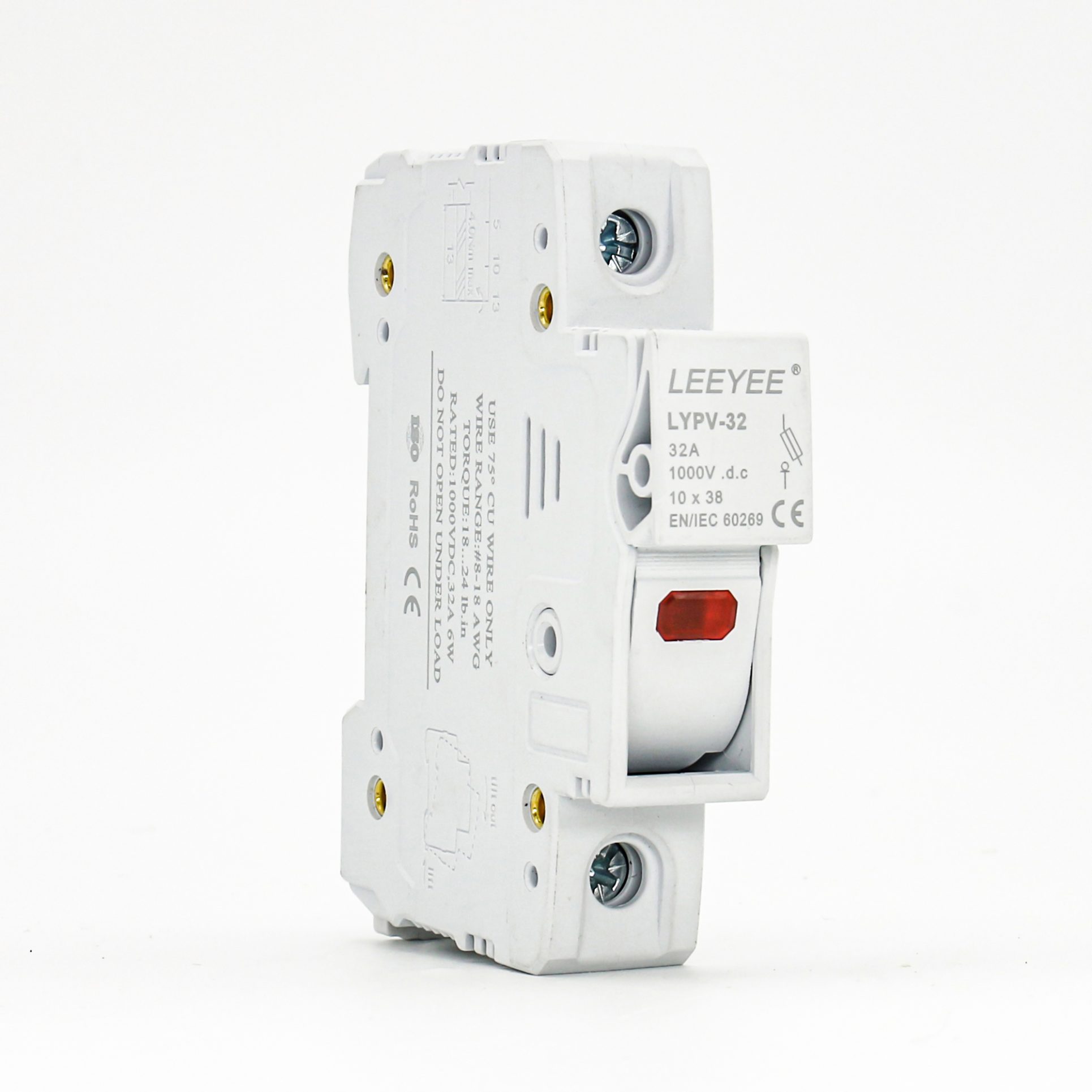In electrical systems, protecting circuits from overloads and short circuits is essential for safety and reliability. One of the oldest and most widely used protective devices is the fuse. This article explores the concept of fuses, their working principles, types, advantages and disadvantages, applications, selection and installation tips, maintenance and troubleshooting, comparisons with other protective devices, and future trends.
Table of Contents
1. Definition and Basic Concept
What is a Fuse?
A fuse is a safety device designed to protect electrical circuits by interrupting the flow of current when it exceeds a predetermined level. It acts as a sacrificial device, meaning it is intended to fail and disconnect the circuit to prevent damage to electrical components or reduce the risk of fire.
Construction of a Fuse
A typical fuse consists of a metal wire or strip (the fuse element) housed in a protective casing. The material of the fuse element is chosen based on its melting point and conductivity. When the current exceeds the rated value, the heat generated by the current causes the fuse element to melt, breaking the circuit.
2. Working Principle
How Does a Fuse Work?
The working principle of a fuse is based on its ability to withstand a specific amount of current. When the current flowing through the fuse exceeds its rated value, the heat generated by the electrical resistance of the fuse element causes it to reach its melting point. At this point, the fuse element melts and creates a gap in the circuit, stopping the flow of electricity.
Response to Fault Conditions
In the event of an overload or short circuit, the fuse responds by melting almost instantaneously, which protects the circuit from excessive current that could potentially lead to overheating, equipment damage, or fire. This rapid response is crucial in maintaining electrical safety.
3. Types of Fuses
Fuses come in various types, each designed for specific applications and characteristics. The most common types include:
3.1 Glass Tube Fuses
These fuses have a glass casing that allows for visual inspection of the fuse element. They are commonly used in household appliances and automotive applications.
3.2 Ceramic Fuses
Ceramic fuses are more durable than glass fuses and can withstand higher temperatures. They are often used in industrial applications where higher current ratings are required.
3.3 Fast-Acting Fuses
These fuses are designed to blow quickly in response to a surge of current, making them suitable for sensitive electronic devices that require immediate protection.
3.4 Time-Delay Fuses
Time-delay fuses can handle temporary overloads without blowing. They are commonly used in motors and other inductive loads, where inrush currents can be significantly higher than normal operating currents.
3.5 Resettable Fuses
Also known as Polyfuses or PTC (Positive Temperature Coefficient) fuses, these devices can reset themselves after a fault condition is cleared. They are often used in electronic devices and circuits where manual replacement is impractical.
4. Advantages and Disadvantages
4.1 Advantages of Fuses
- Cost-Effective: Fuses are generally cheaper than other protective devices, making them a popular choice for many applications.
- Simplicity: Their simple design allows for easy installation and understanding of how they work.
- Reliability: Fuses provide reliable protection against overloads and short circuits, preventing damage to electrical equipment.
4.2 Disadvantages of Fuses
- Single Use: Once a fuse blows, it must be replaced, which can be inconvenient and time-consuming.
- Response Time: While fuses react quickly to faults, they may not be as fast as some circuit breakers, potentially allowing some damage before tripping.
- Limited Reset Capability: Unlike circuit breakers, fuses cannot be reset; they must be replaced after a fault occurs.
5. Applications of Fuses
Fuses are used in various applications across different sectors:
5.1 Residential Applications
In homes, fuses are commonly found in electrical panels to protect circuits for lighting, appliances, and outlets. They ensure that household electrical systems operate safely and efficiently.
5.2 Industrial Applications
In industrial settings, fuses protect large machinery and equipment, ensuring that any overloads or faults do not cause significant damage. They are often used in motor control circuits and power distribution systems.
5.3 Automotive Applications
Fuses are vital in automotive electrical systems, protecting components such as lights, radios, and power windows from overloads. They prevent potential electrical fires and ensure the safety of the vehicle’s electrical system.
5.4 Electronic Devices
Many electronic devices, such as computers and televisions, use fuses to protect sensitive components from surges and faults. This protection is essential for maintaining the longevity of electronic equipment.
6. Selection and Installation
6.1 How to Select a Fuse
When selecting a fuse, consider the following factors:
- Rated Current: Choose a fuse whose rated current matches the maximum current the circuit will carry under normal operating conditions.
- Voltage Rating: Ensure the fuse’s voltage rating is higher than the circuit voltage to prevent arcing and failure.
- Type of Fuse: Select the appropriate type of fuse based on the application, such as fast-acting for sensitive devices or time-delay for motors.
6.2 Installation Considerations
Proper installation of fuses is crucial for their effectiveness. Here are some tips:
- Power Off: Always turn off the power before installing or replacing a fuse.
- Correct Orientation: Ensure the fuse is installed in the correct orientation, following the manufacturer’s guidelines.
- Secure Connections: Make sure the fuse connections are secure to prevent overheating and arcing.
7. Maintenance and Troubleshooting
7.1 Maintenance Advice
Regular maintenance of fuses is essential for ensuring they function correctly. Here are some maintenance tips:
- Visual Inspections: Periodically check fuses for signs of damage or wear, such as discoloration or a blown fuse element.
- Replace Worn Fuses: If a fuse consistently blows, investigate the underlying issue and replace it with a fuse of the correct rating.
7.2 Troubleshooting Common Issues
Common fuse-related issues include:
- Frequent Blowing: If a fuse blows repeatedly, it may indicate an overload in the circuit or a fault in the connected device. It is essential to identify and resolve the underlying issue before replacing the fuse.
- No Power: If an appliance or circuit is not functioning, check the fuse first. If it is blown, replace it and see if the problem persists.
8. Comparison with Other Protective Devices
Understanding how fuses compare to other protective devices is essential for making informed decisions:
8.1 Fuse vs. Miniature Circuit Breaker (MCB)
- Fuse: A one-time use device that must be replaced after it blows.
- MCB: A resettable device that can be rearmed after tripping, making it more convenient for ongoing use.
8.2 Fuse vs. Residual Current Circuit Breaker (RCCB)
- Fuse: Primarily protects against overloads and short circuits.
- RCCB: Protects against earth faults and electric shocks, providing an additional layer of safety.
8.3 Fuse vs. Time-Delay Fuse
- Fuse: Blows immediately under overload conditions.
- Time-Delay Fuse: Allows temporary overloads (such as motor start-up currents) without blowing, providing a more flexible protection option for inductive loads.
9. Future Trends in Fuse Technology
As technology continues to evolve, so does the design and application of fuses:
9.1 Advances in Fuse Materials
Researchers are exploring new materials that can improve the performance and reliability of fuses, potentially leading to longer-lasting and more efficient devices.
9.2 Smart Fuses
The advent of smart technology has led to the development of smart fuses that can monitor current flow and send alerts when they are about to blow. These devices can help prevent electrical failures before they occur.
9.3 Integration with Smart Grids
As smart grids become more prevalent, fuses may be integrated into advanced electrical systems to provide real-time data and improve overall electrical safety and efficiency.
10. Conclusion and Contact Us
Fuses play a vital role in electrical safety, providing essential protection against overloads and short circuits. Understanding their function, advantages, disadvantages, and applications is crucial for anyone working with electrical systems. While they may be simple devices, their impact on safety and reliability cannot be overstated.


